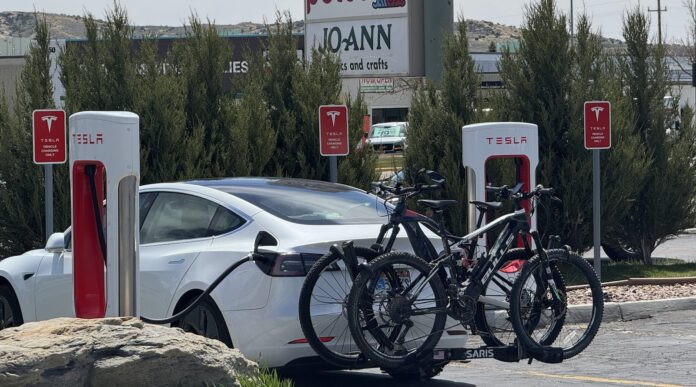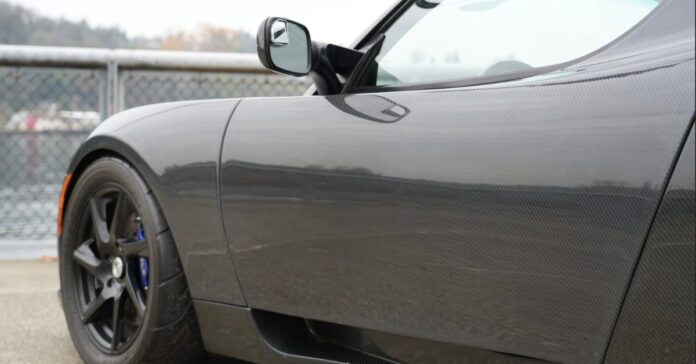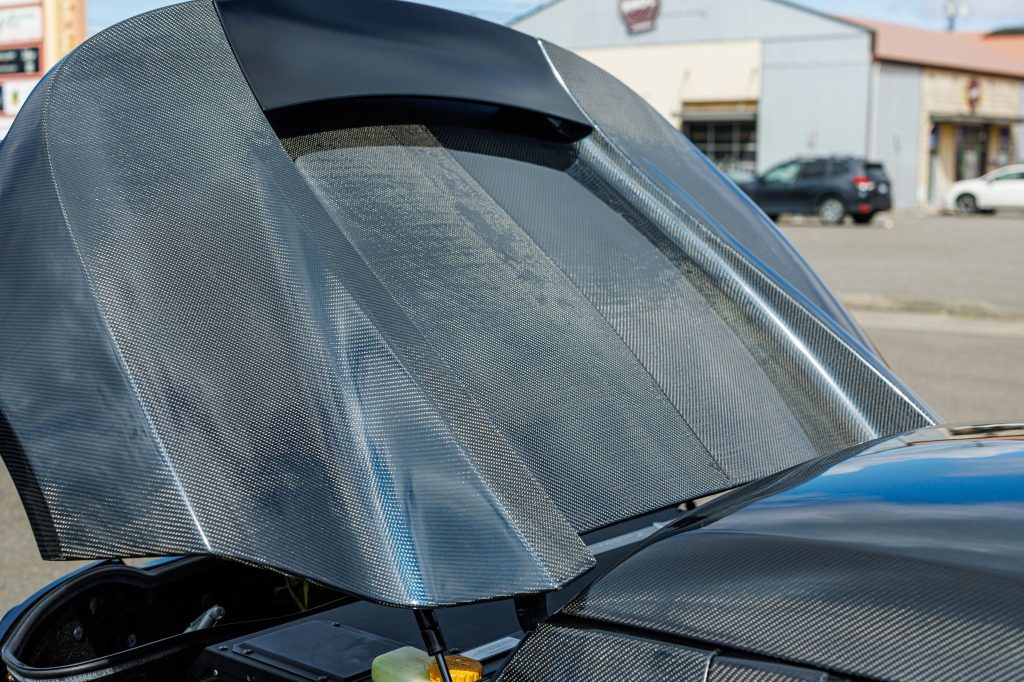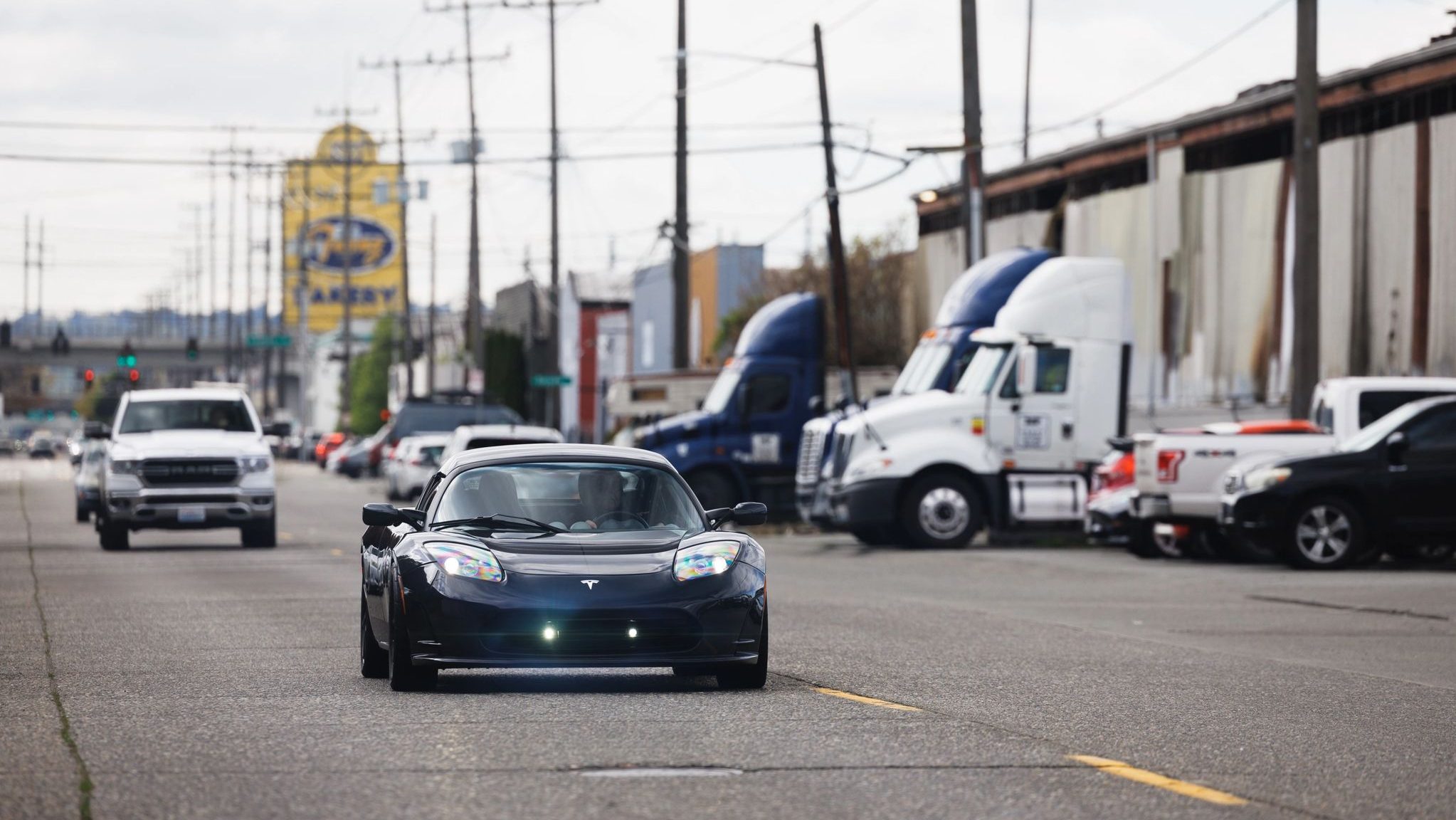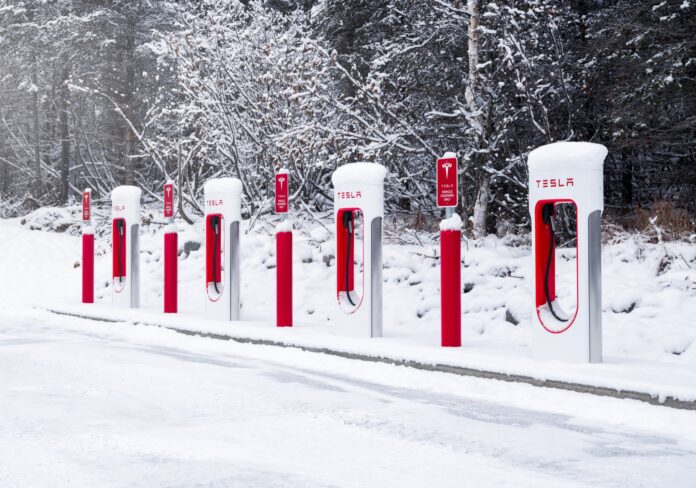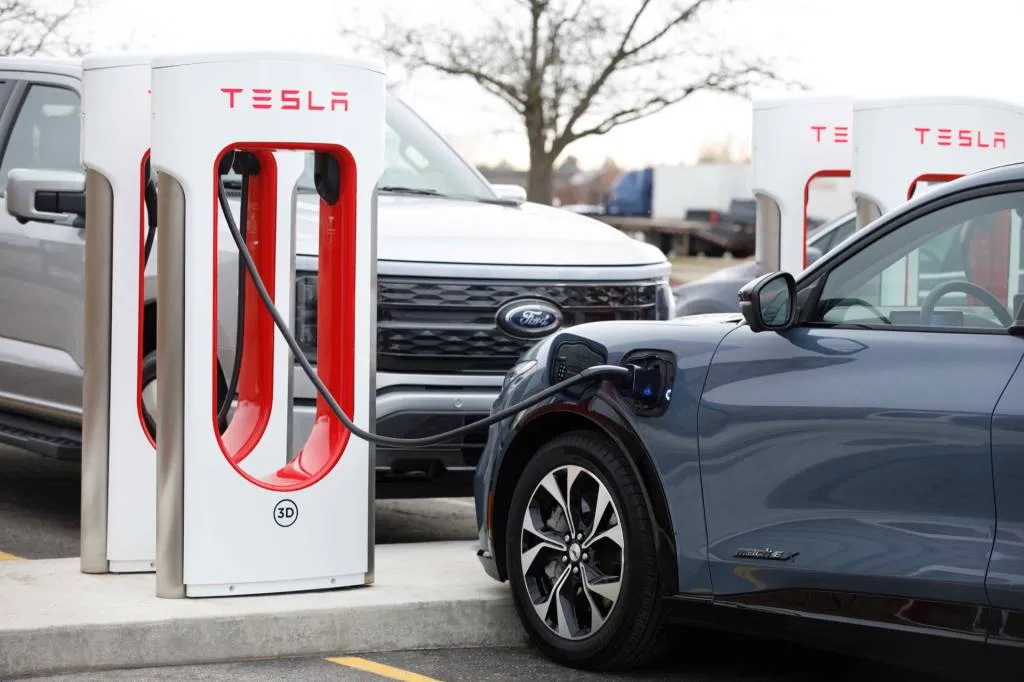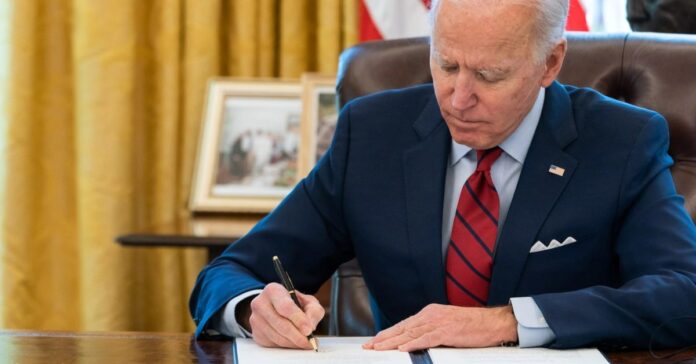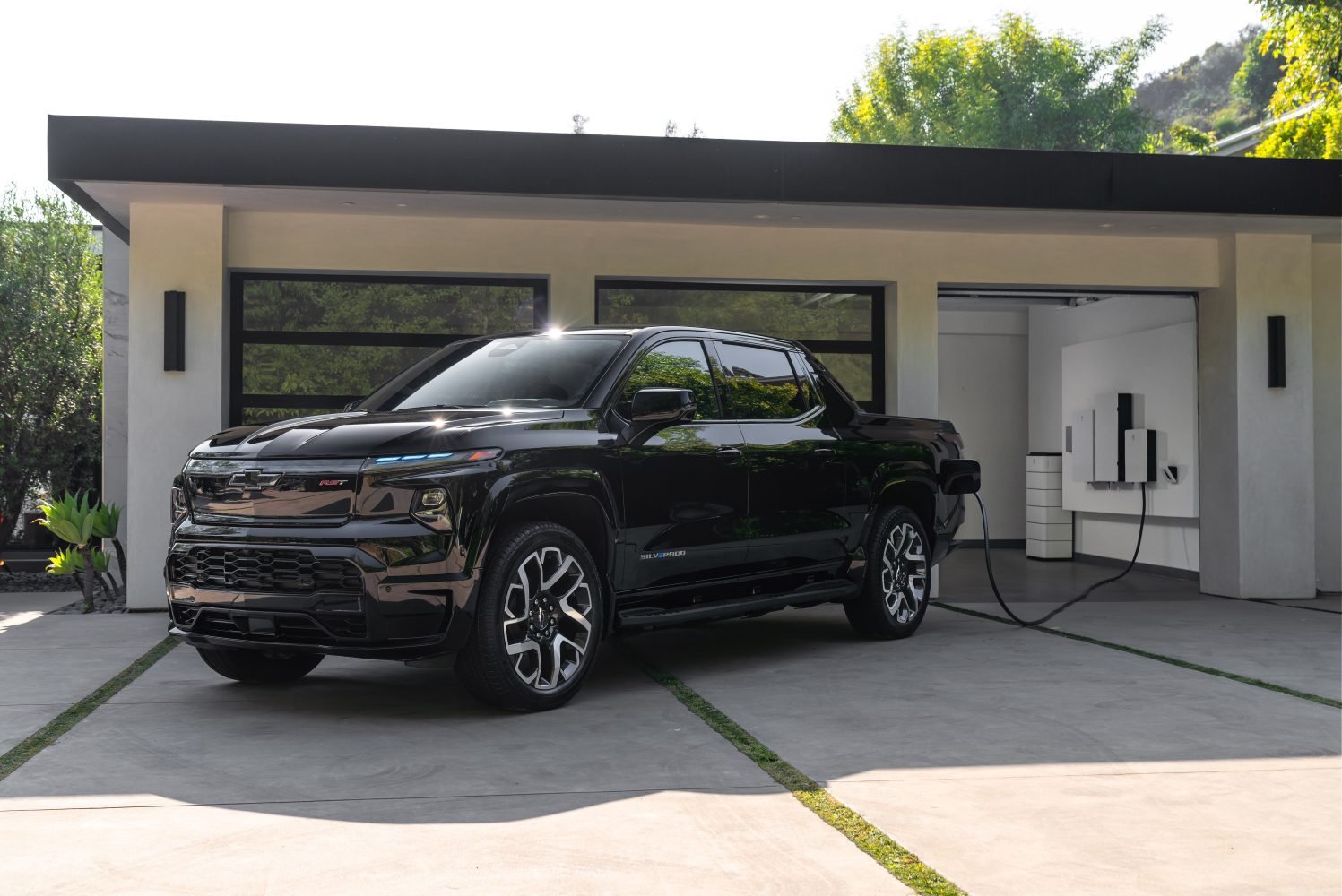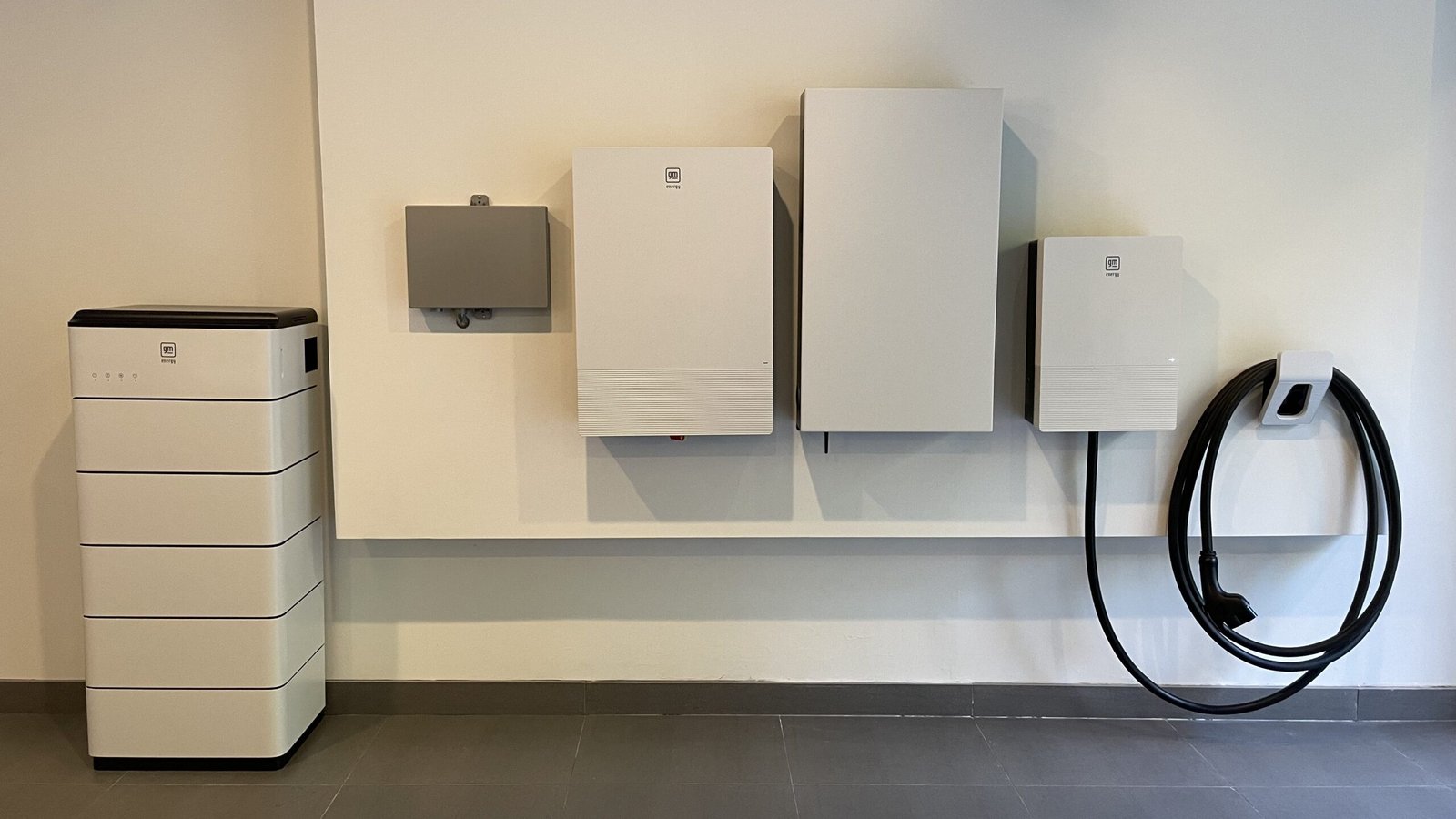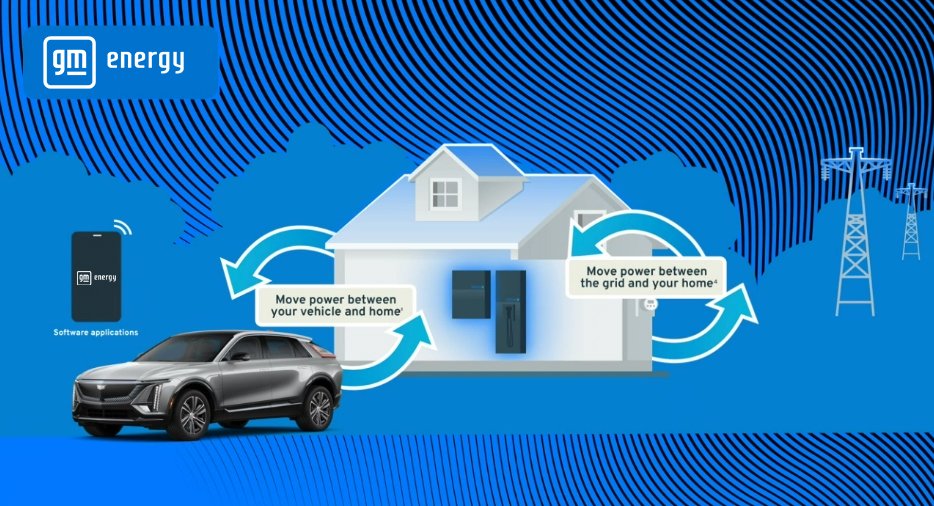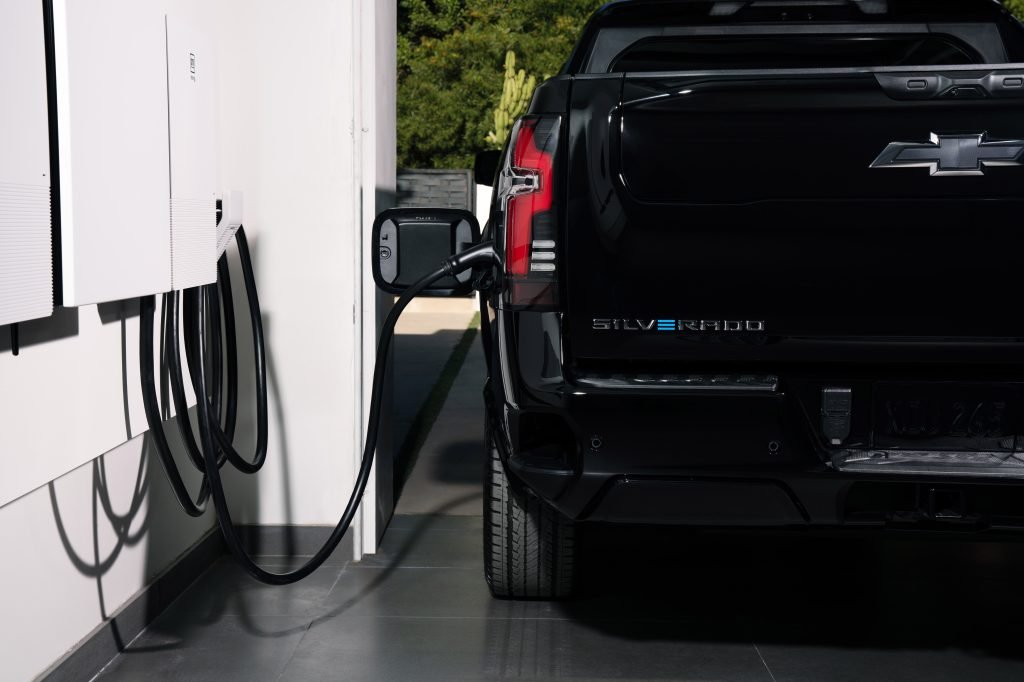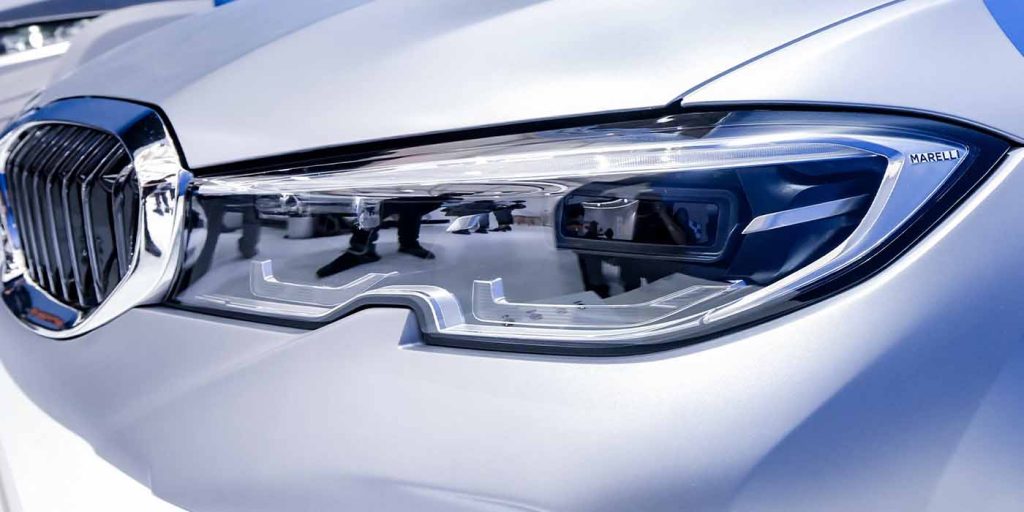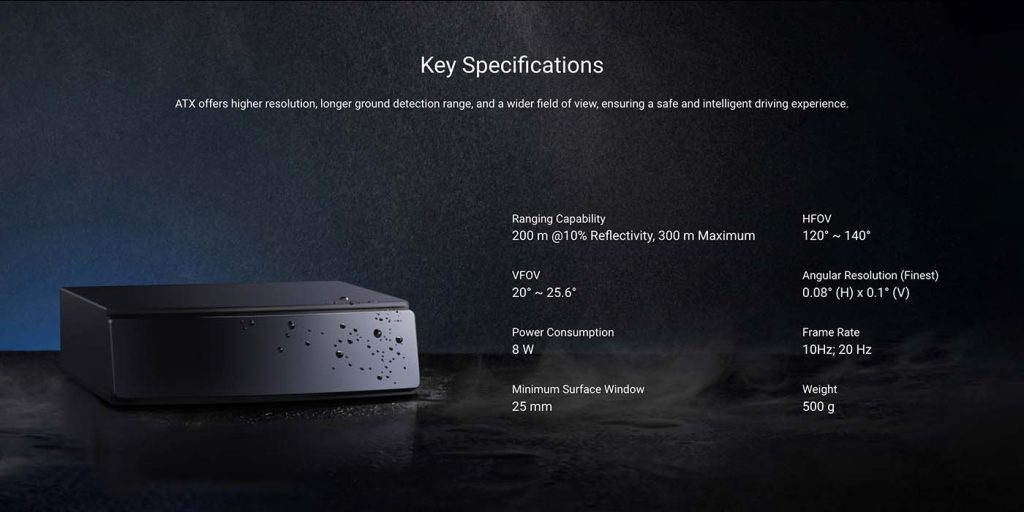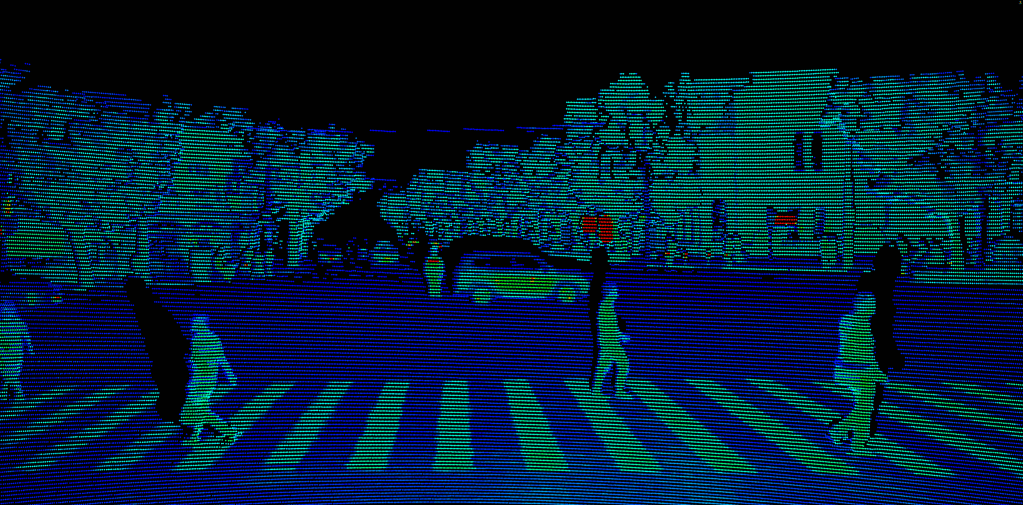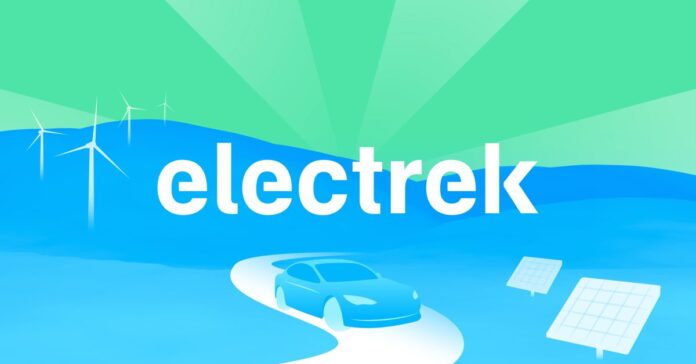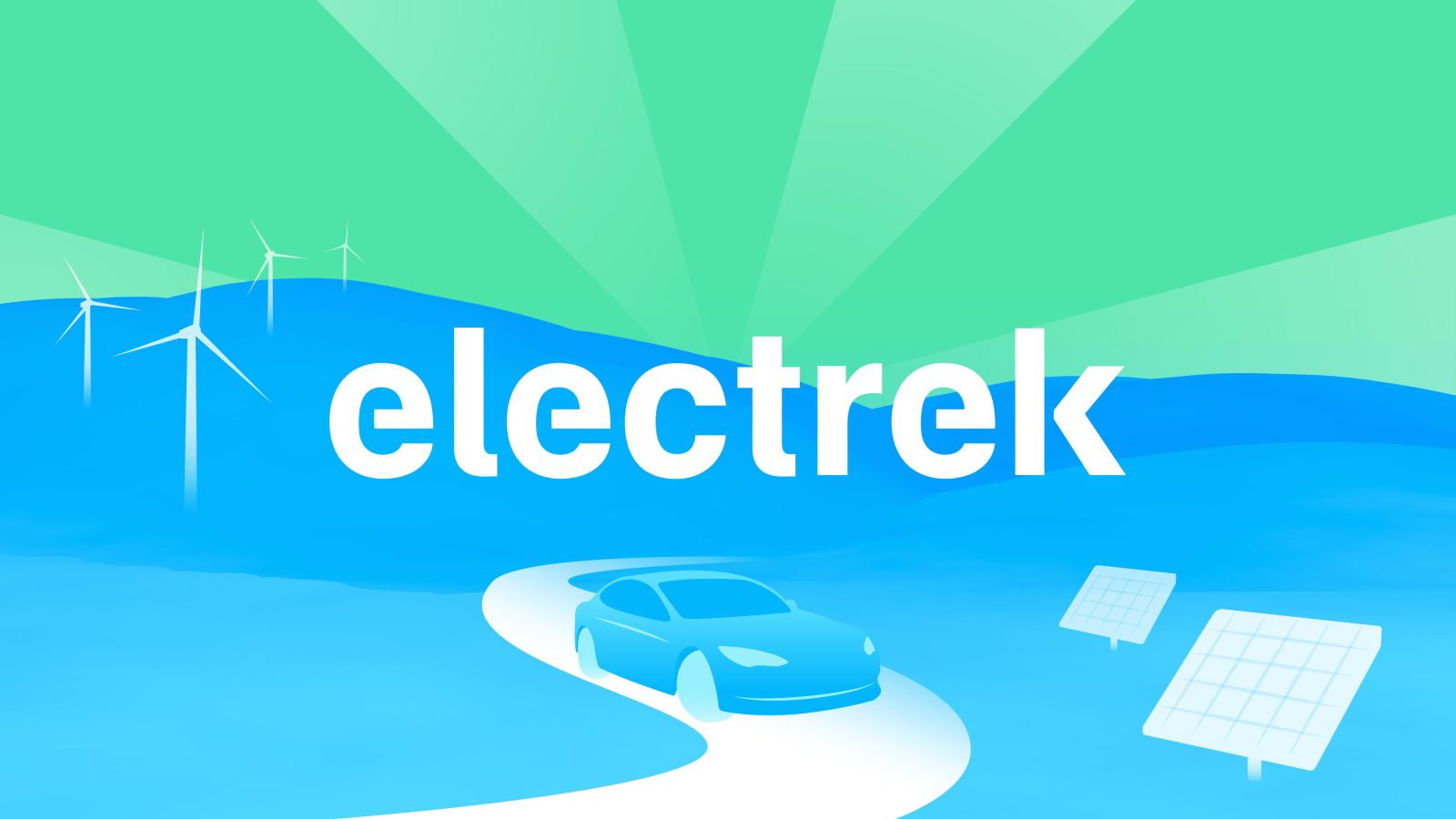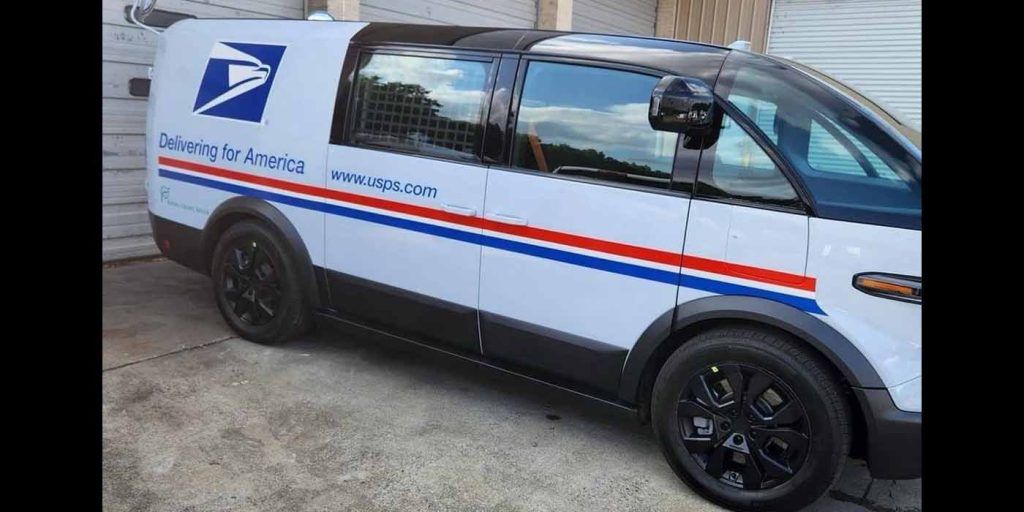


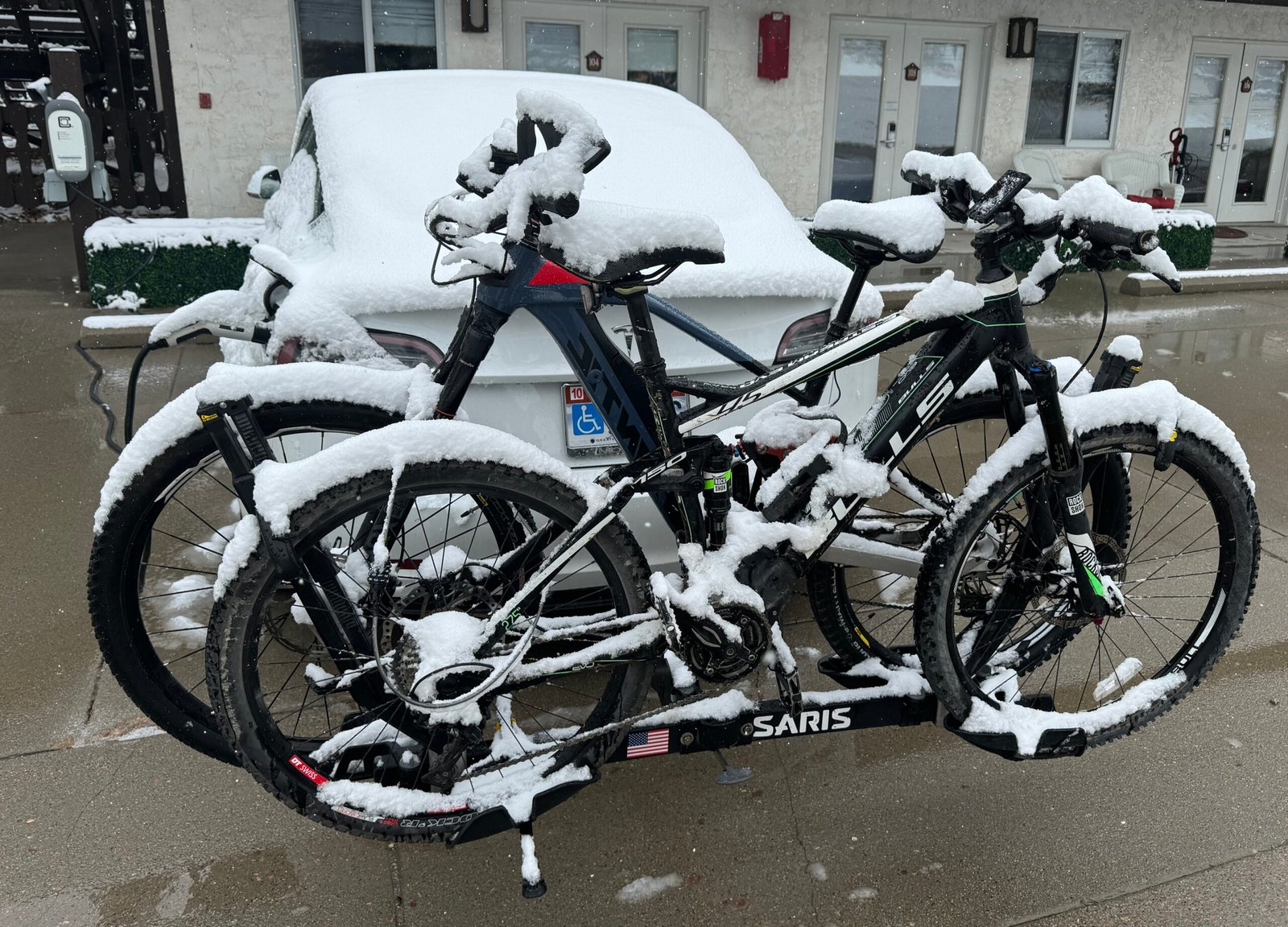







My wife, our small dog, and our two large e-bikes recently made the 1500-mile trip from Utah to Northern Wisconsin in our Tesla Model 3 Long Range. It was our first cross-country trip with the new Version 12 of Tesla FSD (Supervised), V12.3.4.
Supercharging
The e-bikes on a tray-type bike rack in back drastically reduce our effective maximum range from about 250 miles to about 125 miles. Fortunately, Tesla’s marvelous Supercharger network still makes it a no-brainer and easy to manage. We stopped at six Superchargers in Wyoming on the 600-mile first day traveling from Lindon, Utah, to Custer, South Dakota. Only the 125-mile leg from the Supercharger in Rawlins to the Evansville (Casper) Supercharger required dropping our speed from our standard 75 mph to 65 mph to make it comfortably. The bikes also make backing up to the Superchargers difficult. It’s a little bit like the difficulty charging a Cybertruck. My wife needs to get out and help me back up just the right amount. Fortunately, 4 of the 6 Superchargers had drive-by chargers on one end (see Figure 1).

Also, there was at most one other Tesla charging at the Wyoming Superchargers, so I could park sideways, which also allowed me to position my car relative to a charger without help (see Figure 2).

All of the chargers except one were within 100 feet of a very nice hotel/motel with access to the restrooms, as shown in Figure 1.

The other was a few hundred yards from my wife’s favorite store: a TJ Maxx (see Figure 3). I dropped her off there before I went to charge. Usually, by the time I had walked into the motel, taken my bathroom break, walked back and my wife had taken our dog for a walk, we had only 10–15 minutes of charging to do to resume our journey.
What about FSD V12 (Supervised) Driving Cross Country?
1) The super-accurate lane-keeping helped me do the 600-mile day at age 83+ years so that I could make the trip, including the last 100 miles in the dark, with little stress.
2) At our speed of 75 mph, we frequently needed to pass slower moving trucks. FSD would usually take us automatically into the lefthand lane, pass the truck, and then return to the righthand lane. However, it didn’t always work. It was usually quite aggressive finding a break in the traffic in order to move to the lefthand lane. However, it was a little slow returning to the righthand lane. When there was faster traffic coming behind us, if I didn’t intervene, the traffic would pass us on the right.
3) FSD monitors your attentiveness in two ways: A) You need to apply a small amount of torque to the steering wheel every 20 seconds or so, so it knows your hand is on the wheel. B) A camera just below the mirror is watching you. FSD knows if you are looking to the right at the main control video screen too long. It also knows if you are looking at your phone. If you fail to tug on the steering wheel, or look away from the road too long, you get a blue flashing signal on the top of the screen. If you continue to exhibit bad behavior, you get an audible signal.
Bad Behavior
If you exhibit bad behavior for just a few more seconds, you get what’s called a “Forced Disengagement.” That means that FSD will fail to work until you come to a stop, put the car in park, and start up again. If you get five “Forced Disengagements,” your access to FSD will be withdrawn for 7 days.
I’ve had FSD 12 now for several months and had managed to limit myself to two “Forced Disengagements.” However, on a long cross-country trip, it’s easy to lose concentration eventually, and by the end of our second day, I had managed to get three more “Forced Disengagements” and lost access to FSD. That meant that I lost access for the last 650 miles of our trip. I will need to wait 7 days to regain access to FSD and get a new set of five “Forced Disengagements.” I am scheduled to regain access to FSD on May 11 at 6:39 p.m.
My car has returned to old pre-FSD behavior where it will stop for stop signs and stop lights. Humorously, it will also again stop for green lights unless you manually signal it to proceed. Also, it will only proceed from stop lights automatically if you are following another car. I can still put my destination into the navigation and get my route on the map, but I had to reactivate the voice assist to get turning instructions. I did okay driving the complete east to west route on the busy freeways through the center of downtown Minneapolis/Saint Paul. However, we did have trouble getting to the Oakdale Supercharger where detour signage caused us to loop to the exit three times before we got it right. FSD may have helped us avoid this problem.
It was pretty interesting. I no longer have access to auto navigation and steering assist, but I still have smart cruise. It was a rude awakening to have to steer my car again manually. Unless I have total concentration, I am not nearly as accurate as FSD keeping myself in the center of the lane. However, with access to smart cruise, the last 650 miles of the trip were not too stressful.
When I left Utah, I had FSD (Supervised) V12.3.4, but I was notified that a new software version was ready to be downloaded. Unfortunately, you cannot download the software while Supercharging. Too bad — that would be a time when you are killing time anyway. Therefore, I waited until the evening of the first day at the Bavarian Inn at Custer South Dakota. The Bavarian Inn had two destination chargers; one was a Tesla Destination Charger that was already occupied by a Tesla Model S. Therefore, I pulled into the J1772 charger and used the adapter that I always carry with me. By the next morning, everything was covered with 3” of fresh snow, as shown in Figure 4.

But first I logged into the Bavarian Inn Wi-Fi and started the download of FSD (Supervised) V12.3.6. The release notes said that the upgrade would provide more accurate range estimates. It is supposed to take into account the age and condition of the battery. I’m not able to evaluate this and haven’t noticed any other changes.
My wife loves to spend an extra day in Custer, South Dakota, so we can drive through the Wildlife Loop and see the big bison herd, donkeys, pronghorn antelope, and ground hogs (see Figure 5).

I have observed the current version of FSD (Supervised) slow down just the right amount for speed bumps. However, it doesn’t recognize the flashing lights and slow to 20 mph for school zones. Doing so in school zones seems like an easy fix that I expect to see soon in future versions.
In northern Utah, we have the 12-lane I-15 freeway running the 93 miles from Spanish Fork through Provo and Salt Lake City to Ogden. There is an HOV (double occupancy) left lane running the whole distance. I’ve been driving an EV for over 10 years, so I have one of the limited number of single occupancy passes for the HOV lane. Bottom line: I always take the HOV lane when I am driving a considerable distance here on I-15. It means that I only need to worry about other cars on my right side and even then I am separated from them by a double white line. Also, in heavy traffic the HOV lane is usually the only lane still moving. However, FSD will always try to make me exit the HOV lane before I want it to. Formerly, if you slid the right-hand thumbwheel to the right or left, you would control the Smart Cruise following distance (1, 2, 3, 4, 5 car lengths). However, now a menu comes up with a button to reduce lane changes and a slider to set Chill, Assertive, or Aggressive lane changes. None of these options make much difference. FSD still tries to exit the HOV lane too early and the slider won’t stay where you set it.
Driving through Wyoming is a land of contrasts. We still see mile-long heavily laden “unit” coal trains pulled by 3 diesels with another diesel pushing at the end (see Figure 6).

We also see an immense (multi-gigawatt) coal power plant.

On the other hand, we also saw hundreds of wind turbines like we see in Figure 7. But the most fascinating are the incredibly long wind turbine blades and tower sections en route on the interstate (see Figures 8–10).



Have a tip for CleanTechnica? Want to advertise? Want to suggest a guest for our CleanTech Talk podcast? Contact us here.
Latest CleanTechnica.TV Video

CleanTechnica uses affiliate links. See our policy here.

Source link
#Cross #Country #Tesla #Full #Driving #Supervised


